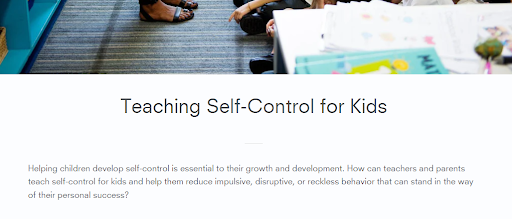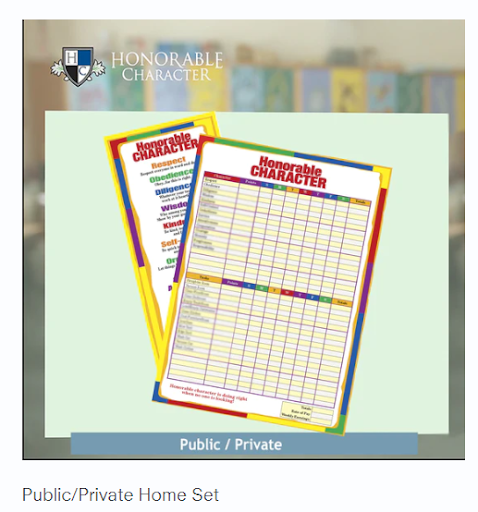
The Importance of Teaching Courage to Students
Strategies for Building Resilience and Confidence
Teaching courage to students can empower them in school and in life. Courage can be a challenging topic to teach, but it is essential to developing a solid foundation of self-worth and self-determination. What is personal courage and how can it be taught at home and in the classroom?
Teaching Students About Courage
Explaining and recognizing acts of courage to young people should start with the reality that we all feel fear and anxiety in the face of personal challenges. Courage is best described as an honorable decision made in the presence of fear. While everyone feels uncertain or afraid at times, we learn how to show courage by pushing through self-doubt and taking a risk that we know is worthwhile.
The effects of being courageous can be immediate and positive, such as introducing yourself to the new kid in class or joining in extracurricular activities. Sometimes the signs of a student’s courage are more subtle. Actively observing and giving recognition to students who take a brave step is one key to teaching courage in the classroom.
1. Changing The Classroom Dynamic

Teaching and encouraging students to show courage might necessitate changing some aspects of a traditional classroom dynamic. While it is important to encourage good behavior and focused attention on the curriculum, this can sometimes create an environment where students do not feel they can speak out or take courageous actions. You may need to incorporate a more formal program to encourage this kind of honorable behavior.
To foster and empower courage in the classroom:
- Make it acceptable to try but fail at stretch assignments.
- Use a growth mindset that focuses on personal strengths and character development.
- Create a psychologically safe space where students can speak out appropriately.
- Provide positive social encouragement to promote a sense of belonging.
- Recognize and praise acts of courage and provide examples of courage for students.
2. Overcoming Presentation Anxiety
There are many types of courage, but one of the moments when it is most difficult to summon up this determination in the face of fear is when speaking in public. While many of us feel nervous when we have to give a presentation, encouraging students to learn this skill early will help them throughout their life and in their future careers.
Fostering not only confidence in public speaking but an appreciation of the courage it takes to stand up in front of the class also encourages students to appreciate the efforts of others. Building a classroom environment that encourages supportive feedback and honors the efforts of others will help students feel safer in standing up for presentations.
3. Supporting Students Making Courageous Choices
In real life, courage for kids comes in many sizes and shapes. It might require courage for your child to make new friends, read aloud, or participate in sports. Recognizing the bravery it takes to approach a new person or try something new and risk failure is as important as praising the results.
Help students understand that small acts of courage have a powerful impact on their friends and community. While it takes a tremendous amount of bravery to stand up to a bully, it is also very courageous to stand next to the one being abused, to befriend them, or to bring school bullying or harassment to the attention of a trusted teacher or administrator.
4. Recognizing Courage as Doing the Right Thing
One of the bravest things that a student may need to do is say “no.” Facing the fear of social stigma, ridicule, or being ostracized for refusing to go along with a group requires courage on a daily basis. Knowing when something is dangerous, illegal, or immoral is the first step, but it requires courage to say no to peer pressure at school and stay true to your personal values and goals.
Developing a greater sense of personal responsibility and confidence in the classroom empowers students to speak up or step away from situations that they know are wrong for them. They can sharpen their skills with roleplay and thought problems that help students think through ethical dilemmas and real life challenges they may face.
How to Teach Courage to Students in the Classroom

For resources designed to teach courage and honorable behavior in the classroom, consider incorporating a classroom or schoolwide package of resource materials from Honorable Character. Parents, teachers, and entire school systems use these programs to encourage holistic student development, resilience, and confidence in all students.






Add a comment